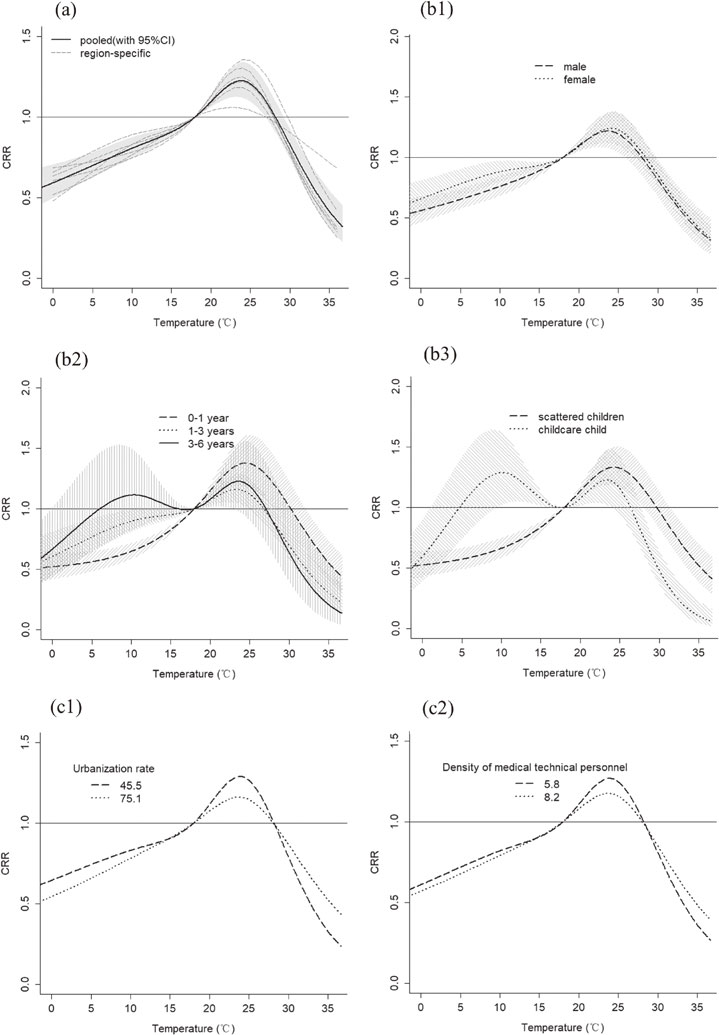- J-STAGE home
- /
- Environmental Health and Preve ...
- /
- Volume 27 (2022)
- /
- Article overview
-
Xinyi Deng
School of Public Health, Research Center for Medicine and Social Development, Innovation Center for Social Risk Governance in Health, Research Center for Public Health Security, Chongqing Medical University
-
Zhiyi Chen
School of Public Health, Research Center for Medicine and Social Development, Innovation Center for Social Risk Governance in Health, Research Center for Public Health Security, Chongqing Medical University
-
Yang Zou
School of Public Health, Research Center for Medicine and Social Development, Innovation Center for Social Risk Governance in Health, Research Center for Public Health Security, Chongqing Medical University
-
Ying He
School of Public Health, Research Center for Medicine and Social Development, Innovation Center for Social Risk Governance in Health, Research Center for Public Health Security, Chongqing Medical University
-
Saijuan Chen
School of Public Health, Research Center for Medicine and Social Development, Innovation Center for Social Risk Governance in Health, Research Center for Public Health Security, Chongqing Medical University
-
Qiuting Wang
School of Public Health, Research Center for Medicine and Social Development, Innovation Center for Social Risk Governance in Health, Research Center for Public Health Security, Chongqing Medical University
-
Dianguo Xing
Office of Health Emergency, Chongqing Municipal Health Commission
-
Yan Zhang
Corresponding author
School of Public Health, Research Center for Medicine and Social Development, Innovation Center for Social Risk Governance in Health, Research Center for Public Health Security, Chongqing Medical University
Supplementary material
2022 Volume 27 Pages 47
- Published: 2022 Received: June 13, 2022 Released on J-STAGE: December 15, 2022 Accepted: November 05, 2022 Advance online publication: - Revised: -
-
Correction information
Date of correction: December 24, 2022 Reason for correction: Addition of Abstract Graphics. Correction: Other Details: -
(compatible with EndNote, Reference Manager, ProCite, RefWorks)
(compatible with BibDesk, LaTeX)


